The threat of antibiotic-resistant bacteria
According to WHO, as the world faces nearly 5 million deaths each year related to antibiotic-resistant bacteria, the need to find potential drugs to deal with this situation is extremely urgent.
Now, a team led by biotechnology pioneer César de la Fuente is using artificial intelligence (AI)-based computational methods to mine genetic traits from extinct human relatives like Neanderthals, to bring their antibiotics back 40,000 years.
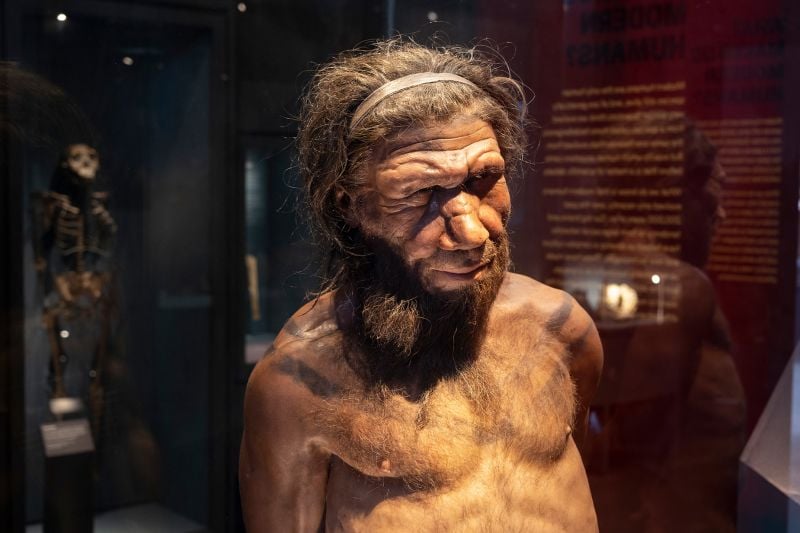
Model of extinct human species Neanderthal. Photo: Getty
Through research, scientists have discovered a number of small protein or peptide molecules that have the ability to fight bacteria, which could pave the way for new drugs to fight infections in humans.
Antibiotics (such as penicillin) are those that are produced naturally (by another antimicrobial microorganism), whereas non-antibiotic antimicrobials (such as sulfonamides and antiseptics) are those that are completely synthetic.
However, both types have the same goal of killing or preventing the growth of microorganisms and both fall under the category of antimicrobial chemotherapy. Antibacterials include antiseptics, antibacterial soaps, chemical detergents; whereas antibiotics are the more specialized type of antibacterial used in medicine and sometimes in animal feed.
Antibiotics do not work against viruses that cause illnesses such as colds or flu, so drugs that inhibit viruses are called antivirals or antiretrovirals, not antibiotics.
“It allows us to discover new sequences, new types of molecules that have never been seen in living organisms, which opens us up to think more broadly about molecular diversity,” said Dr. Cesar de la Fuente from the University of Pennsylvania (USA), who led the research team. “Today’s bacteria have never encountered these new molecules, so this could be a good opportunity to deal with today’s hard-to-treat pathogens.”
Experts say new findings on antibiotic-resistant bacteria are urgently needed. “The world is facing an antibiotic resistance crisis… If we need to go back in time to come up with potential solutions for the future, I’m all for it,” said Michael Mahan, professor of molecular, cell and developmental biology at the University of California, Berkeley.
Suggestions from “Jurassic Park”
Most antibiotics originate from bacteria and fungi, discovered by screening microorganisms that live in soil. But in recent decades, overuse of antibiotics has led to pathogens developing resistance to them.
Over the past decade, De la Fuente has used computational methods to evaluate the potential of various peptides as antibiotic replacements. One day in the lab, the blockbuster “Jurassic Park” came up, giving the team the idea to study extinct molecules. “Why not bring back molecules from the past?” he said.
To find previously unknown peptides, the team trained an AI algorithm to recognize fragmented sites in human proteins that might have antibacterial activity. The scientists then applied it to publicly available protein sequences from Homo sapiens, Homo neanderthalensis, and Denisovans — another archaic human species closely related to Neanderthals.
The team then used the properties of previous antibacterial peptides to predict which ancient peptides were most likely to kill bacteria.
Next, the team synthesized and tested the 69 most potent peptides to see if they could kill the bacteria. The team selected the six most potent, including four from modern humans, one from Neanderthals, and one from Denisovans.
The team exposed them to mice infected with the bacterium Acinetobacter baumannii, a common cause of hospital-acquired infections in humans. (A hospital-acquired infection is an infection a patient acquires while in the hospital that was not present when they were admitted.)
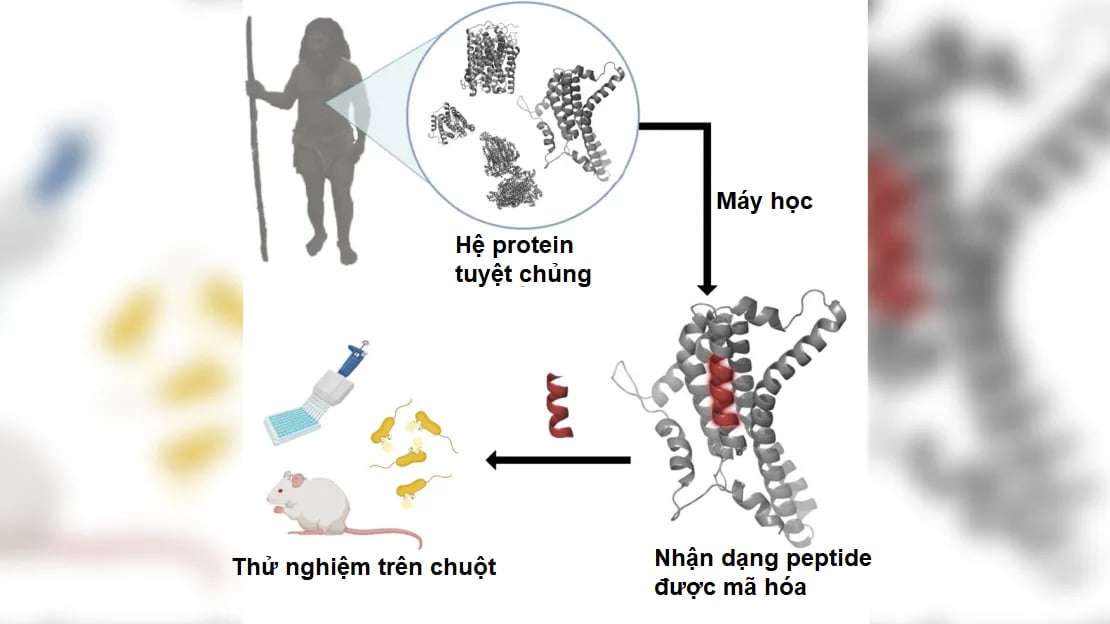
Of the six peptides selected by the algorithm, one from a Neanderthal was the most effective at fighting pathogens in mice infected with bacteria, said biotechnology pioneer César de la Fuente of the University of Pennsylvania. (Photo: University of Pennsylvania)
“I think one of the most exciting moments was when we chemically reconstituted molecules in the lab and then brought them back to life for the first time. It was amazing from a scientific perspective to see that moment,” said De la Fuente.
In mice infected with skin abscesses, the peptides actively killed bacteria; in mice with thigh infections, the peptides were less effective but still prevented bacterial growth.
“The best peptide was what we call Neanderthal 1, from Neanderthals, and that was the one that worked best in mice,” said De la Fuente.
More research needed
However, De la Fuente stressed that none of the peptides are “ready to be used as antibiotics” and would instead require extensive tweaking. In research due to be published next year, he and his colleagues developed a new deep learning model to explore the protein sequences of 208 extinct organisms for which detailed genetic information was available.
The team found more than 11,000 previously undiscovered potential antimicrobial peptides that were only found in extinct creatures, and synthesized the most promising peptides from the Siberian woolly mammoth, the Steller's sea cow (a marine mammal that became extinct in the 18th century due to hunting in the Arctic), the giant sloth, and the Irish giant moose (Megaloceros giganteus). He said the newly discovered peptides had “excellent anti-infective activity” in mice.
Dr Dmitry Ghilarov, group leader at the John Innes Centre in the UK, said the bottleneck in finding new antibiotics is that they can be unstable and difficult to synthesize. “There are many of these peptide antibiotics that are not developed and pursued by industry because of difficulties such as toxicity,” Ghilarov said.
Of the 10,000 promising compounds identified by researchers, only one or two antibiotics have received approval from the US Food and Drug Administration, according to a paper published in May 2021.
Dr. Monique van Hoek, professor and associate director of research at the School of Systems Biology at George Mason University (USA), said it is very rare for a peptide found in nature to directly create a new drug or other type of antibiotic.
The discovery of a new peptide will set the stage for researchers to use computational techniques to explore and optimize the peptide's potential as a new antibiotic, according to Van Hoek.
Van Hoek is currently focusing her research on a synthetic peptide derived from a natural peptide found in American alligators. The peptide is currently undergoing preclinical testing.
While it may seem odd to source new antibiotics from extinct crocodiles or humans, the severity of antibiotic-resistant bacteria makes such research worthwhile, says Van Hoek.
Hoai Phuong (according to CNN)
Source




![[UPDATE] April 30th parade rehearsal on Le Duan street in front of Independence Palace](https://vstatic.vietnam.vn/vietnam/resource/IMAGE/2025/4/18/8f2604c6bc5648d4b918bd6867d08396)
![[Photo] Prime Minister Pham Minh Chinh receives Mr. Jefferey Perlman, CEO of Warburg Pincus Group (USA)](https://vstatic.vietnam.vn/vietnam/resource/IMAGE/2025/4/18/c37781eeb50342f09d8fe6841db2426c)


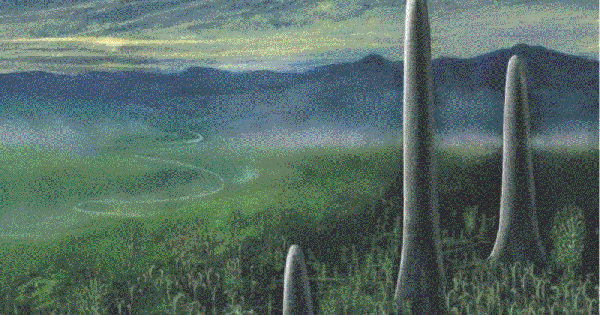

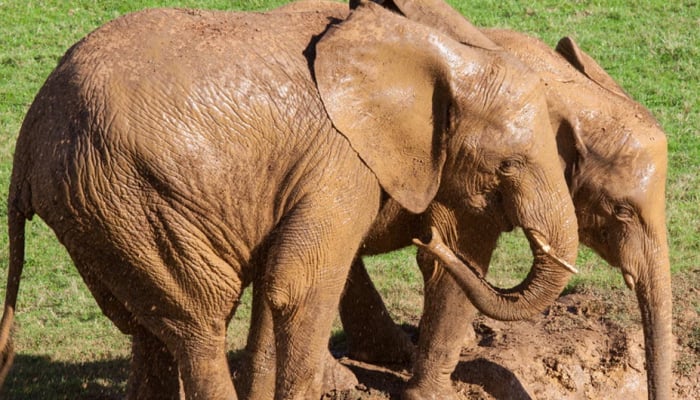
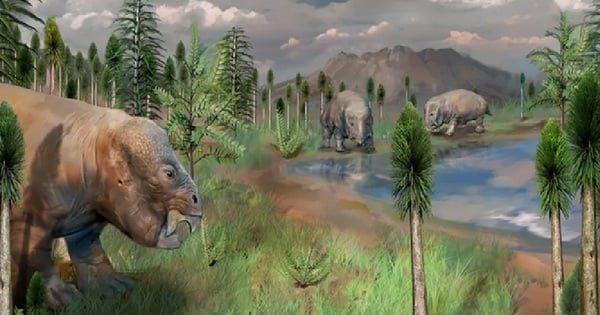

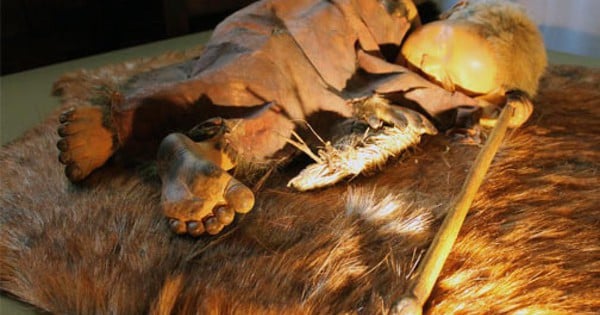
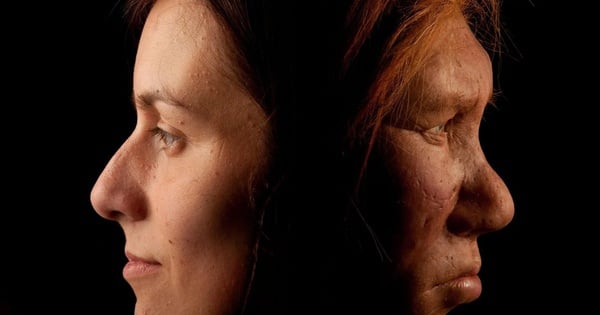




































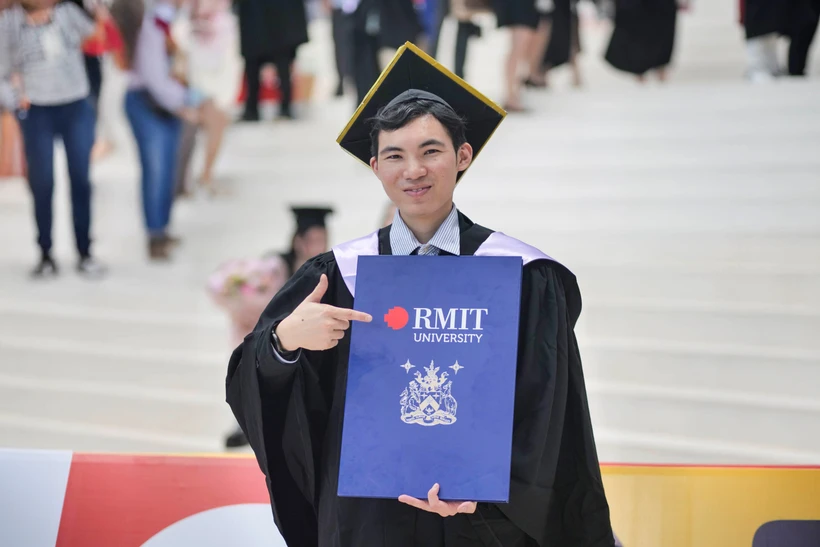


















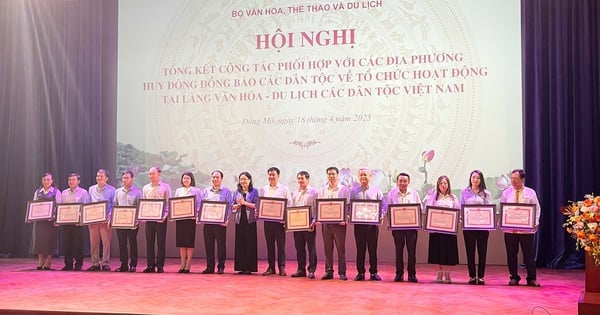























Comment (0)